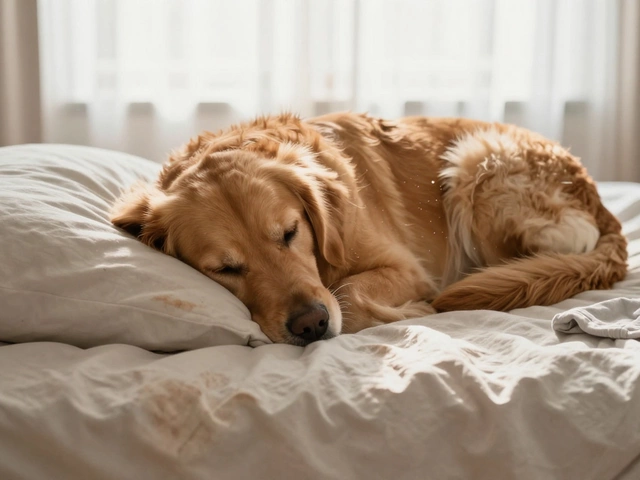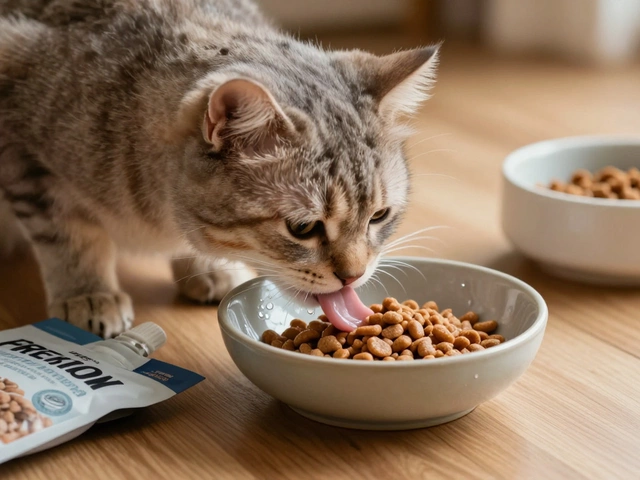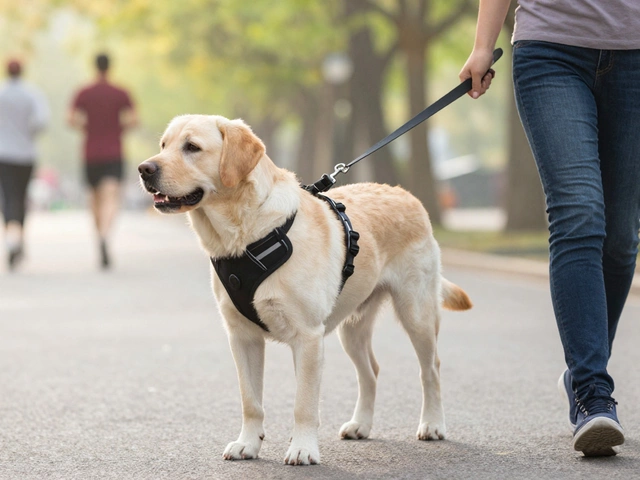Dog Handling Basics: What Every Owner Should Know
Handling a dog isn’t just about leashing and feeding – it’s the whole routine that keeps your pet safe, healthy, and happy. Whether you’re a first‑time pup parent or have a seasoned companion, the right handling habits make daily life smoother. Below you’ll find practical steps for grooming, walking, travel, and calming anxious dogs, all written in plain language you can apply right now.
Grooming and Post‑Groom Care
Most owners wonder why a grooming session can take hours. The truth is a professional groomer follows a precise sequence: coat inspection, bath, drying, clipping, and finishing touches. Knowing this order helps you understand why a quick home wash often feels rushed. After a trim, many dogs act nervous – they may shiver or hide. Offer a calm space, gentle petting, and a favorite toy. A short walk or a chew can redirect their energy and ease the stress.
If you’re cutting your dog’s hair at home, start with a brush to remove mats, then use lukewarm water and a dog‑specific shampoo. Rinse thoroughly, because leftover soap can cause skin irritation. Dry with a low‑heat setting or a towel, then comb through before any scissors touch the fur. This routine cuts down on post‑groom anxiety and keeps the coat healthy.
Walking Safety and Travel Essentials
Walking a dog with just a collar might seem simple, but it can be risky. Collars don’t distribute pulling force and can injure the neck. A well‑fitted harness provides better control and reduces strain. When choosing a harness, look for a snug fit that allows two fingers to slide underneath. Adjust it before each walk, and check for chafing after longer outings.
Traveling with dogs adds another layer of handling. If you’re flying, know which airlines permit pets in the cabin versus cargo. Cab‑in travel is generally safer, but size and breed restrictions apply. For cargo flights, research airline safety records and consider a climate‑controlled crate. Inside the home, leaving the TV on can help some dogs with separation anxiety, but the content matters – soothing music or nature sounds work better than loud movies.
When you’re on the road, keep a water bottle and portable bowl handy. Breaks every two hours let your dog stretch and relieve themselves, preventing accidents. Pack a small first‑aid kit with bandages, tweezers, and any prescribed medication. These simple steps turn a potentially stressful trip into a pleasant adventure for you and your pup.
Beyond the basics, remember that handling also includes mental care. Training sessions that use positive reinforcement keep dogs engaged and reduce fear. If you notice your dog stretching when you return home, it’s a sign of excitement and trust – a good moment to reinforce calm behavior with treats.
In short, good dog handling blends practical grooming steps, safe walking gear, thoughtful travel prep, and a calm mindset. Apply these tips daily, and you’ll see fewer tantrums, better coat health, and a more confident companion. Keep experimenting to find what works best for your dog’s unique personality, and enjoy the stronger bond that follows.

Should You Hold Your Puppy Like a Baby?
Wondering if you should hold your puppy the same way you would cradle a newborn? This article explores the ins and outs of puppy handling, especially when it comes to mimicking how you hold a baby. Dive into insights on whether it's safe, how it affects their development, and the benefits or drawbacks involved.
read more



